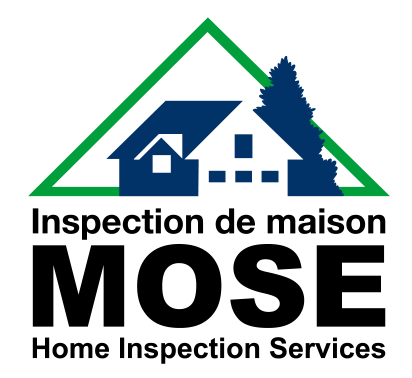Effective Ventilation System Maintenance Stops Ice Damming
Without a working ventilation system on your roof, your home could thaw out snow and ice on the roof, turning it to water. The water pools, then freezes and melts again causing roof damage and leaks.
– And for home owners who haven’t done regular maintenance on their roof, that means water damage from ice damming! After every winter, we visit many homeowners have to repair water damage caused by ice damming by snow on roofs and in gutters because they failed to do regular effective ventilation system maintenance.
Roof Function: Shelter, Drainage, Ventilation
Our roofs take quite a beating during their lifetime. Because they are fully exposed, roofs catch the brunt of weather’s worst.
A roof system is composed of several elements that work together to provide three basic, essential functions for your home – shelter, drainage, and ventilation.
The roof covering and the flashing are designed to shed water, directing it into gutters and downspouts that channel it away from the foundation. Air intake and exhaust vents keep fresh air circulating below the roof sheathing, preventing moisture build-up as well as heat build-up.
How the Roof’s Ventilation System Works
Heat travels by convection, conduction, and radiation. Because energy costs a lot of money it’s important to prevent the warm air from escaping through walls, ceilings, and roof. Insulation and vapour barriers trap the heat, or slow its flow.
During winter months we heat our homes. Our home’s interior heat rises and permeates through the ceiling vapour barrier and attic insulation and causes ice and snow to melt resulting in possible water leakage. Homes that are poorly insulated tend to warm up the ice and snow on the roof more readily.
The resulting water from the melting gets trapped, creating an “ice dam” on the roof, gutters and downspouts.
Removal is not easy – in the process of removing this ice and snow it is easy to cause damage to the roof- and it’s dangerous. An alternative emergency method to avoid damage if the interior heat problem can’t be corrected is to create water runoffs through the ice and snow so the water is directed to flow off the roof.
The ideal method is for roof ventilation to pull air through the soffit vents and exhaust it through an individual roof or continuous ridge vent.
It is recommended that you have a clear space of least 2 inches above your ceiling insulation to allow the moisture that moves through your attic insulation to exhaust through roof ridge vents.
A regular timely inspection of both the interior and exterior of the roof is a must because of the way roofing problems can develop. Attic rafters and sheathing should be verified checking for signs of water damage. The damage symptoms appear as streaking, or discolouration, and moist or wet areas.
Other things to be checked include the ventilation system, to ensure that air is flowing properly:
- The airflow through vents must be free and unobstructed.
- The roof exterior should be checked for signs such as granule deposits in the gutters, curled, buckled, torn or missing shingles that allow moisture to gather causing further damage.
- Flat roofs whose drains freeze trap water, which if allowed to accumulate to a level higher than the roof flashing, may result in water leaks in the roof system.
- Skylight vents covered with ice and snow may cause leaking because internal condensation can’t escape. Ensure contractors know about the skylights when clearing the snow.
Should your roof leak and the water forms pools above the ceiling, puncture a small hole and allow water to escape into a container. If water pools near an electrical source, shut down the circuit breaker immediately.
Never use heating devices, such as torches, to melt the ice although using special cables designed to melt snow and ice available through most home renovation stores like Reno Depot and Home Depot is allowable.
Regular maintenance recommended
Effective regular maintenance of your home’s ventilation system can improve your health, reduce heating and cooling costs, make your home more comfortable.

